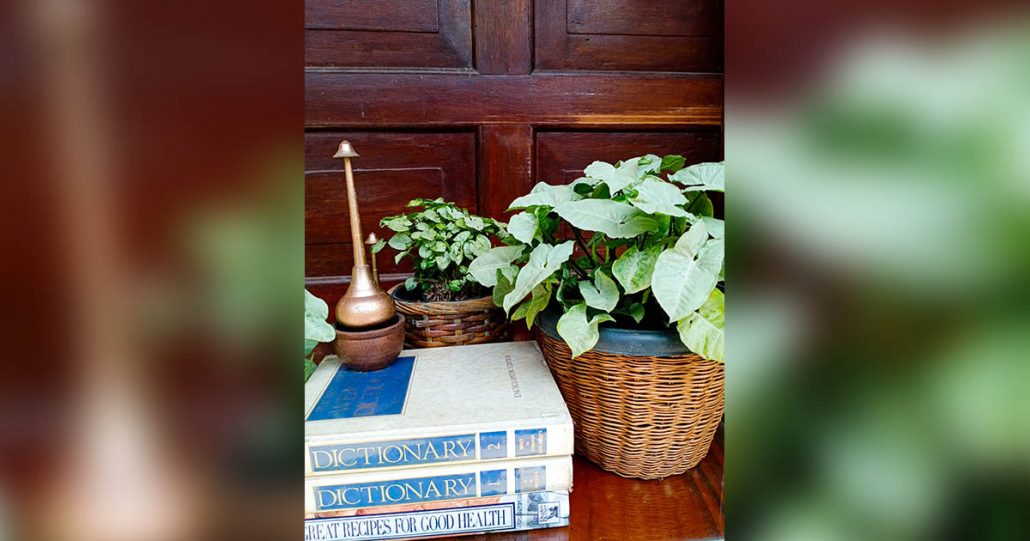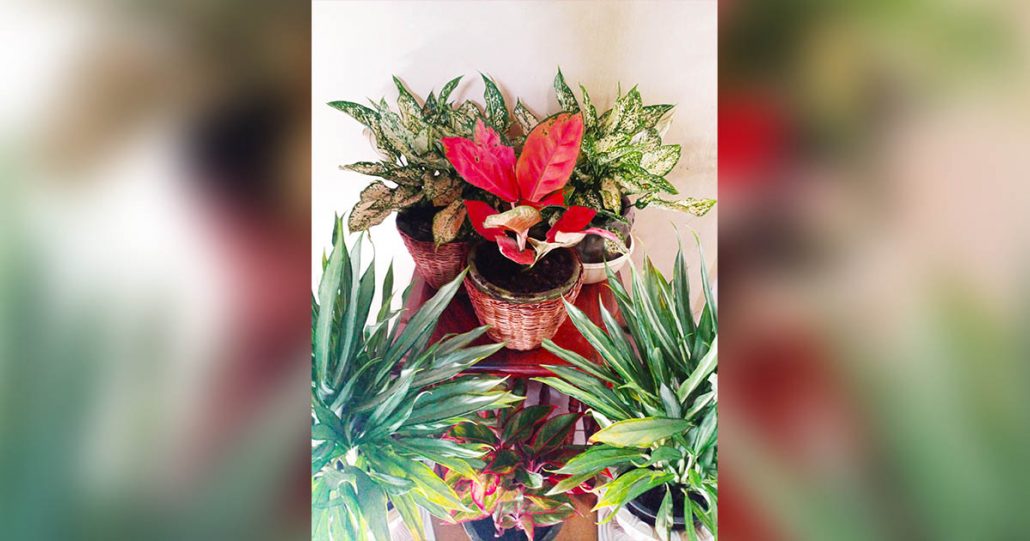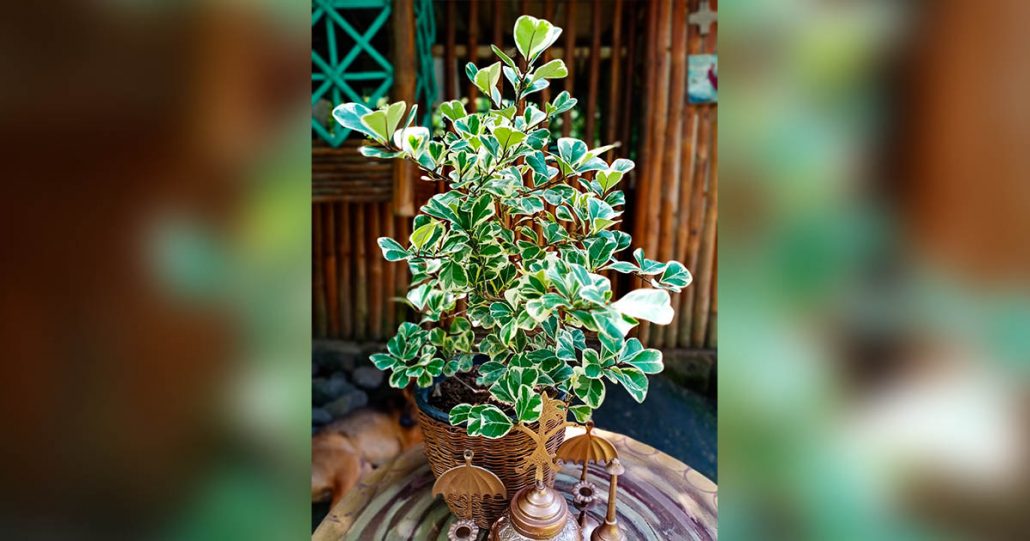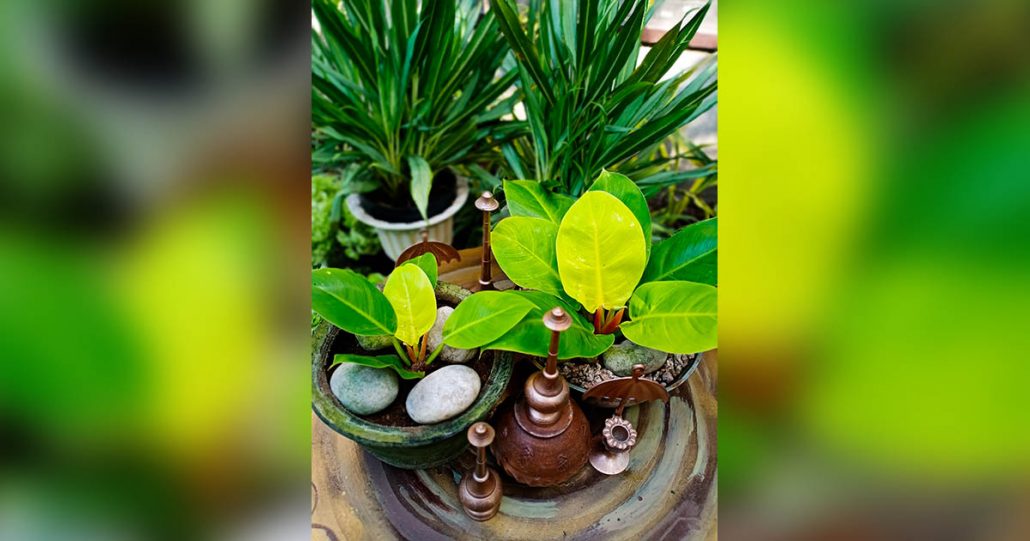THIS time of the day, we realize – we got the plantito/plantita we didn’t think we’ve become! Or at least a dream a come true for some.
In our last talk of tips while filling in our quarantine day diaries, one of the things we maybe had clung to (like this much) was that exciting “green tip.” Even several posts in your IG or Facebook reveal those gorgeous glows.
Months of lockdown have made us check our yards or those spaces indoors and dig through our newest passion. Plus the feeling of being friends with nature – once again – was really refreshing and fun. And… satisfying.
And yup! We also noticed that pots and other cool racks and stands are literally almost every store and that’s making us swoon and imagine our own creative arrangements at home.
Now here come these “pioneer” leafy-greenies commonly eyed by beginners. Little details were also included. Thanks Patrick John Paniza for the lovely photos!
Syngonium pixie and Syngonium moonshine

Syngonium is a climbing plant that originally occurs in tropical rain forests. Pixie is a mini variant, the leaves of which are much smaller than those of most of the species. A characteristic of Syngoniums, according to reports from Fair Flora, is that the leaves change shape as the plant ages. You will also see that this plant will produce tendrils and aerial roots as it ages. It is an easy plant with beautiful, arrow-shaped leaves with an interesting leaf pattern.
Meanwhile, Syngonium moonshine is an arrowhead plant with small silver-white leaves and a diminutive growth habit that is perfect for terrariums and fairy gardens. Its flashy foliage is a sure eye-catcher, bringing a little brightness to your setup. (Steve’s Leaves)
Sansevierias

Sansevierias are probably the “best succulents at adapting to indoor environments,” according to a report from Bloom Box Club. Because succulents tend to come from hot, bright areas, some varieties, they can struggle if they’re brought into a less than bright home and become ‘etiolated.’ Etiolation occurs when plants are in environments with insufficient light and put all their energy in growing upwards in the hopes of getting more sun, making them weak and gangly, the report added.
Happily, this is not the case for the mighty Sansevieria. Sansevierias can endure in low light conditions without suffering. So if you’re looking to introduce plants into a workspace or studio which lacks natural light, this is a great one to consider.
Also, if you have the option of placing a Sansevieria in a bright room it will reward you with a much quicker growth rate.
Succulents hold water in their thick fronds, as well as their roots, so their soil should be left to entirely dry out between waterings. But when you do water, don’t be afraid of giving your plants a good drink; just make sure it doesn’t sit in the excess, it furthered.
Aglaonemas

The Spruce revealed that aglaonemas are slow-growing, attractive, and make excellent foliage plants. They have large, narrow, and glossy oval leaves on short stems. Best of all, it does not like full sun, so it is perfect for indoors, especially if window light is a commodity in your home.
Ficus triangularis

A thoroughly recommended, trendy houseplant.
These beautiful plants have deep green, glossy leaves with a cool, unique triangular shape. The Triangle Fig is resilient, easy to care for and helps clean the air of pollutants, according to a Hortology report. It prefers bright, indirect light but can tolerate some light shade. Otherwise, it may scorch its leaves.
Live wire grass and Papua plant

The Live Wire Isolepis Grass Plant is definitely not your run-of-the-mill kind of ornamental grass plant. It has long, willowy, slender green stems that bear very minute, blossoms at the tips that amazingly look like tiny fiber optic lights. Live Wire forms a very dense, billowing mound, the new leaves emerging upright from the center of the clump and then spilling down the mound as they elongate, as Grow Joy has put.
On the other hand, Papua plant has these dark leafy greens and can be displayed above that table top or a set-up space as indoor garden.
Very trendy!
Philodendron moonlight

Philodendron moonlight is a hybrid variety of the easy-to-care genus of common house plants called Philodendrons. This low growing, shrub-like tropical plant has light-green foliage with the new leaves opening up in a bright yellow-green chartreuse color. According to enthusiasts from Josh’s Frogs, its foliage tends to get coarser with age and its leaves more prominently ribbed. Being a standard Philodendron, it appreciates moderate lighting and has moderate to heavy watering needs but tends to be quite forgiving on both ends of the spectrum.
So have fun keeping the CO2 bustle around! Now you should go get to the soils, too, and let those greens sprout./PN







